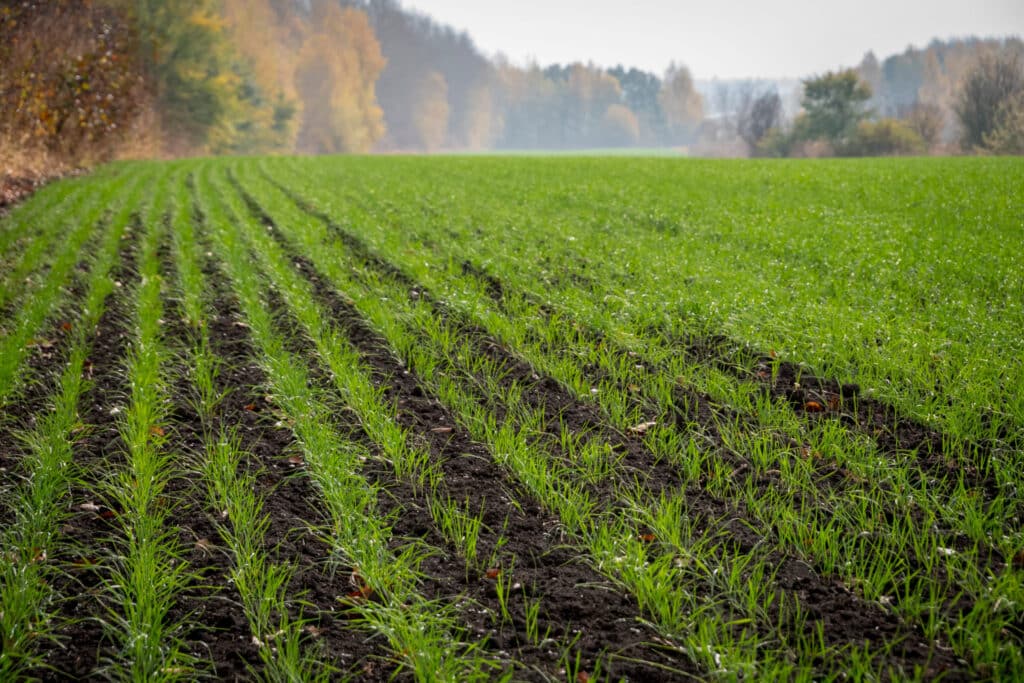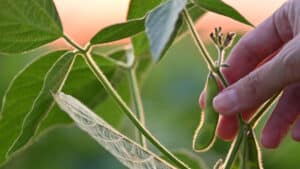As the Russia/Ukraine conflict continues, growers and agriculture professionals are experiencing shortages across the industry. One of which decreased wheat supplies, which are down roughly 25% this year. With widespread droughts creating additional scarcities, it’s likely some growers are considering taking a risk and reaping the benefit of growing this widely needed, yet scarcely available crop.
To make the most of your winter wheat, especially in a season of extreme drought, growers should consider input cost solutions to help improve soil structure, creating an environment to support germination, stand establishment, and early vigor for their winter wheat crops.
Seed treatments work with your seed in a distinct, microbial zone known as the spermosphere. This zone is formed around your seed and enhances germination and early plant development. This crucial growth period sets the stage for optimum yield potential.
On average, 75% of microbes in the soil today are dormant and starving. Innovative seed treatments new to the market can deliver a unique, high-quality carbon source to seeds that supercharges the spermosphere function. Revolutionary technologies that wake up the beneficial bacteria and fungi within your seed and soil microbiome early in the season can better support your winter wheat crop throughout the season.
In recent studies, winter wheat treated with such technologies demonstrated the ability to get a stronger stand before dormancy and exhibited a better tolerance for winter kill.
Additionally, results proved for fall grazing, a 13% improvement for stand and biomass on a potential 38-bushel wheat crop (in north-east dryland yield), providing an extra 54 pounds of crude protein per acre in grazing forage.
In today’s market (at $140 per ton of quality forage), this delivered an increased value of $23 per acre. Accelerated growth and quick turnaround time before loss risks occur on winter wheat allow fall grazing to maximize overall output.
With 2022 being the slowest spring planting season since 1996 and the smallest hard winter wheat crop since 1963, there’s plenty of opportunity for growers to capitalize on crop production loss, as long as you have a plan to support your overall seed and soil health. If you’re planning to switch to, or regularly grow winter wheat, consider using a seed treatment to support your crop through extreme weather conditions.
The right product should be backed by science and have proven results. It should be easy to use with high mixability, integrating seamlessly with your other winter wheat seed treatment programs. Make sure the seed application supports overall soil health and optimizes yield, or even maximizes winter grazing potential for your winter wheat crop.









